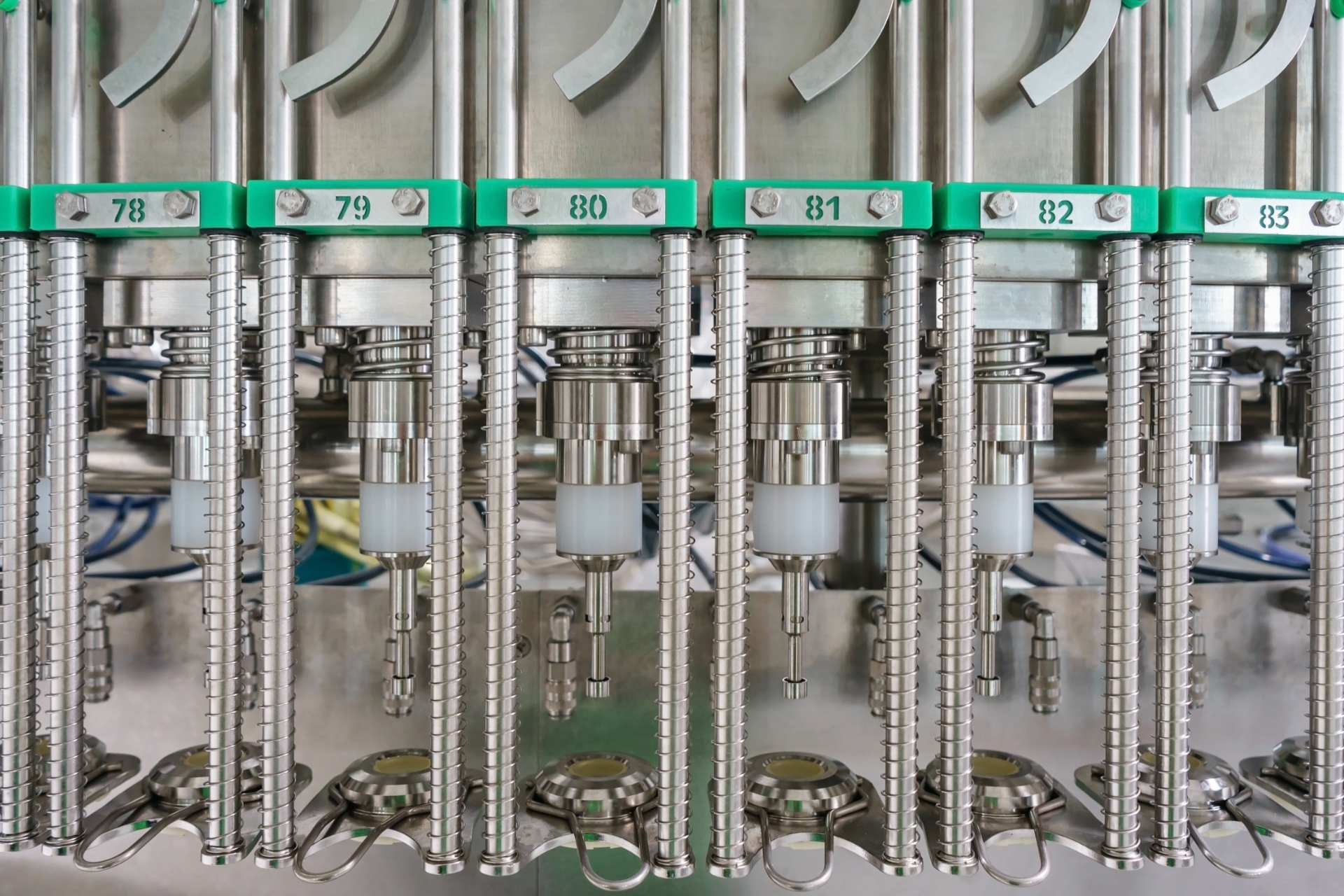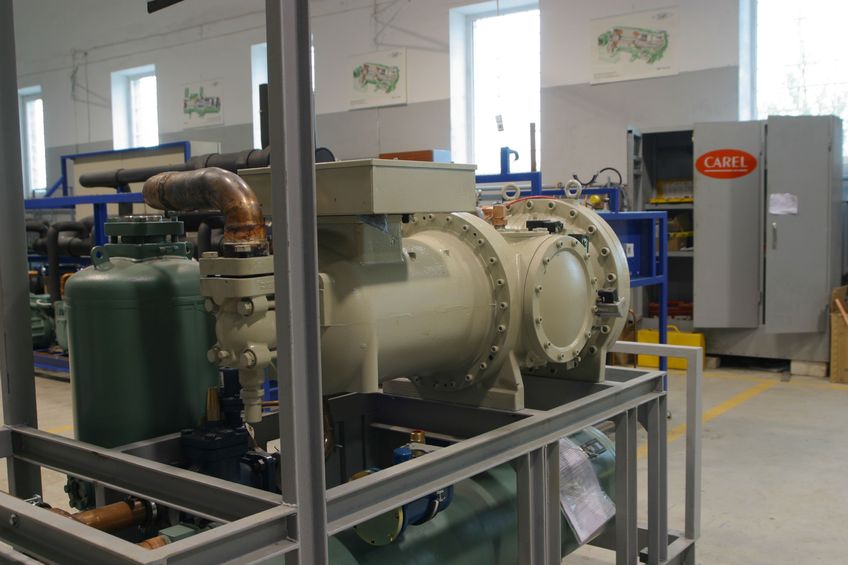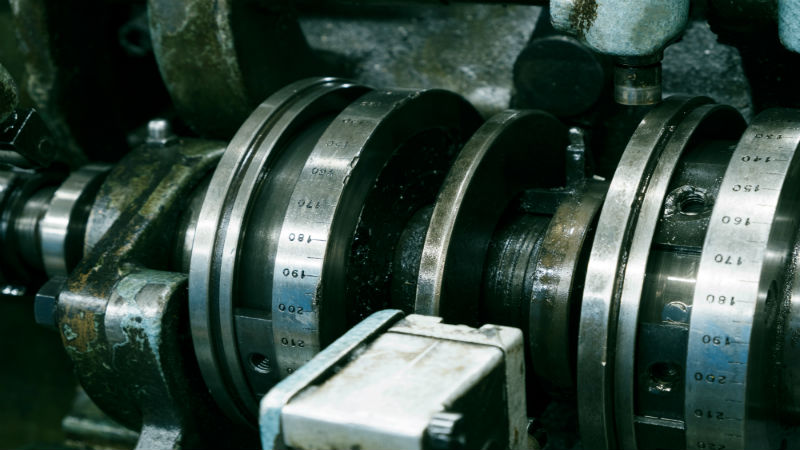Many people are familiar with borax or boric acid and perhaps have used it for common household purposes such as a booster for detergent, for house cleaning or as an insecticide to deter roaches and other pests. Borax is a popular item on the lists of those who enjoy making crafts such as holiday snowflake ornaments with a crystal-like appearance. This substance can be produced as liquid borax or powder borax.
Borax is also used in chemical and manufacturing processes. Borax is a component in many products we use every day, including flame retardants and teeth bleaching solutions. It is also used in buffer solutions and enamel glazes. Borax is a staple in many science fair exhibits and school science labs as aspiring young chemists use it to create green slime, crystals and other interesting materials.
The Role of Borax in Adhesive Manufacturing
In manufacturing, borax is added to starch to create more effective adhesives used in processes such as making corrugated paper board, laminated paper board, cartons and paper bags. Borax improves the viscosity of adhesives, giving better control and a faster tack. This is important because containers and surfaces need to be sturdy, water resistant and less prone to ripping apart during handling.
The fact that borax can be used as an insecticide and has antifungal properties makes it a valuable additive to adhesives. These properties are desirable since paper and paper board containers are often stored in areas that may be susceptible to insect infestations and where there are moisture issues.
Liquid Borax—Advantages in Manufacturing Adhesives
Like most people, you may be most familiar with borax in the powdered form, but borax is also available as a liquid. The granular nature of powdered borax means that the dust could be inhaled or ingested by employees working with the substance while mixing adhesives.
During manufacturing processes, daily exposure to powered borax may lead to eye irritation and acute respiratory issues. Liquid borax is an alternative that can eliminate this risk. liquid borax is an effective additive to starch and does not impact the quality of starch adhesives. In fact, liquid borax is superior to powder in improving the bonding capacity of adhesives.



